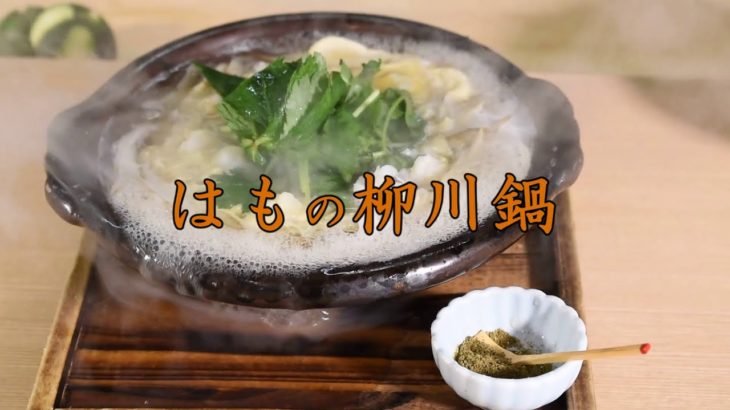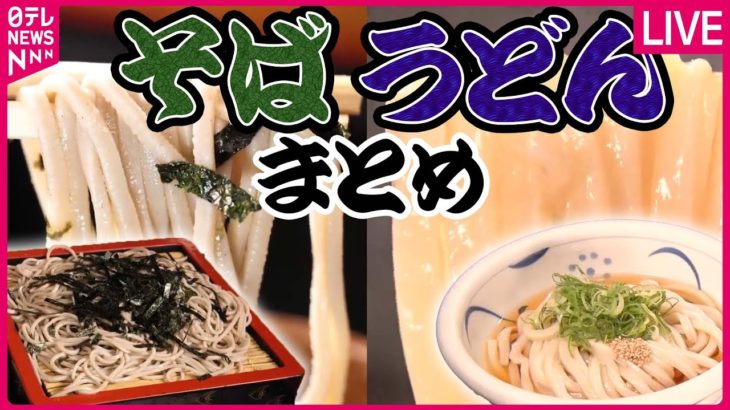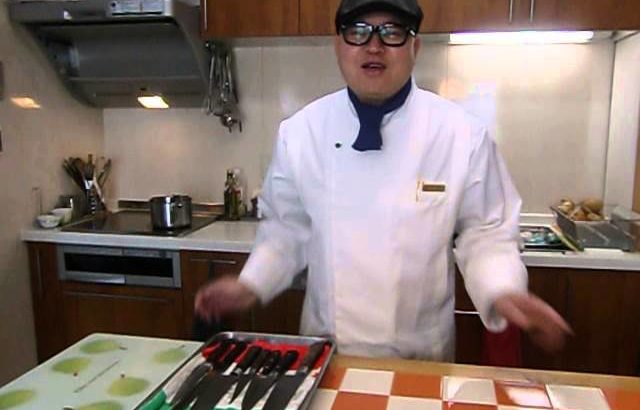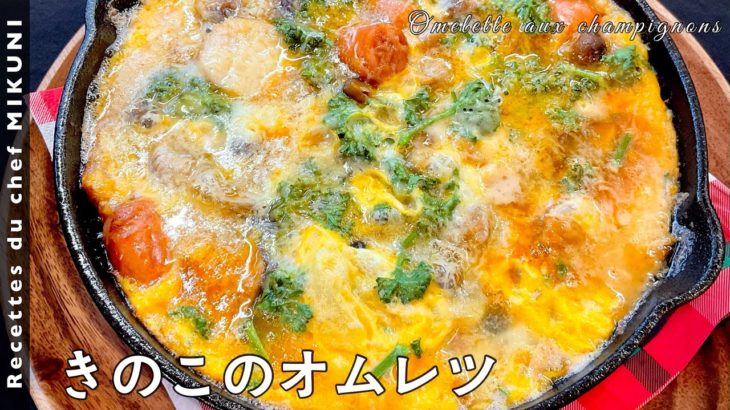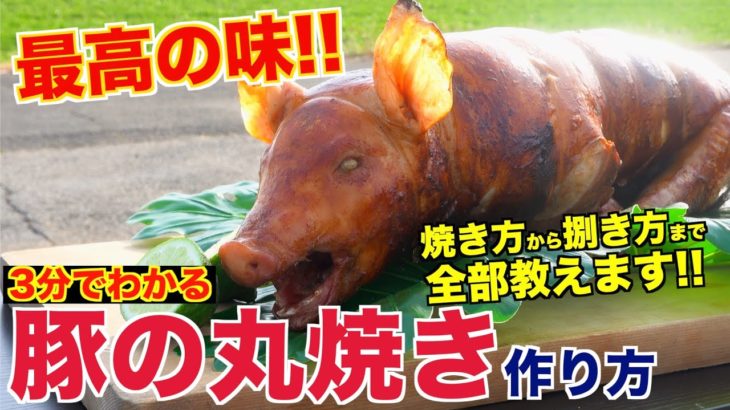夏を代表する食材 淡路産の鱧(はも)は秋には名残の鱧として京料理にはよく使われます。
はものさばき方もじっくりとご覧下さい
(Trivia)
鱧(はも)
「うなぎ」や「穴子」のような長い体をしていますが、睨むような眼や犬歯のような鋭い歯を持ち、気性の荒さ、獰猛さがウナギなどと大きく異なります。
日本では中部以南に生息しています。ですので、関西圏の方には馴染みがある魚なのです。水深は大体100mくらいまでで、昼間は砂や岩に隠れて休み、夜に活動しています。その鋭い歯で他の魚以外にも甲殻類や頭足類も食べています。
はもはとても骨が多い魚で、約3500本もあります。そこで、はも独特の「骨切り」という処理が必要になってくるのです。
「骨切り」とは薄い皮を残して身の中の小骨を垂直に刻んでゆく包丁技のことで、この技術の正確さがはも料理の良し悪しを決めるといえます。
Hamo (Japanese conger eel)
They have long bodies like “eels” and “conger eels,” but they have staring eyes, sharp canine teeth, and are very different from eels in their rough temper and ferocity.
In Japan, it is found in the central and southern parts of the country. Therefore, it is a familiar fish to people in the Kansai area. They rest in the sand and rocks during the daytime and stay active at night, hiding in the water up to 100 meters deep. With its sharp teeth, it eats crustaceans as well as other fish.
The “hamo” is a very boney fish, with about 3,500 of them. This is where the unique “boning” process of the pigeon becomes necessary.
”Bone-cutting” is a kitchen knife technique to chop the bones vertically, leaving a thin skin inside the body.
京料理人 一平の こだわりの調理法をお楽しみください。
#和食 #京料理 #レシピ #調理 #鍋料理 #ごぼう #小鍋
